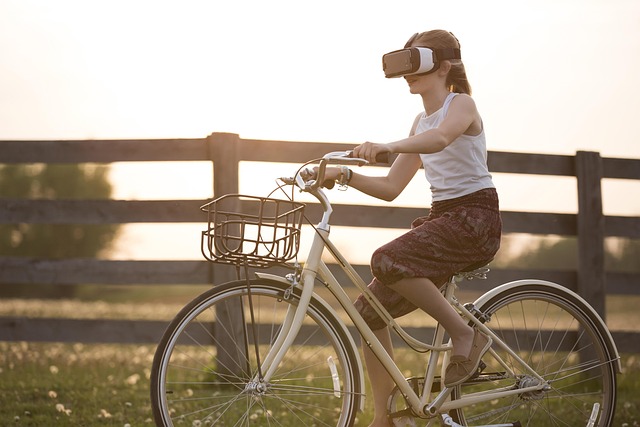The evolution of education over the years has been remarkable, but it seems we are on the brink of an even more groundbreaking transformation. With the advent of virtual reality (VR), augmented reality (AR), and the metaverse, the potential to enrich the learning experience is unlike anything we have ever seen. Imagine virtual learning materials that not only engage students but also transport them to entirely new worlds.
Virtual reality allows students to immerse themselves in their learning environment. Picture a biology class where students can explore the human anatomy up close, navigating through the circulatory system in a 3D space. They can witness the heart pumping blood or see the complexities of the brain’s neurons firing in real time. This hands-on experience, made possible through VR, can lead to a deeper understanding of the subject matter that textbooks cannot provide.
On the other hand, augmented reality overlays digital information onto the real world, enhancing the learning process without removing students from their physical environment. Imagine a history lesson where students point their devices at a historical site, instantly bringing past events to life through interactive animations. Virtual learning materials in AR can help students connect more significantly with the content, bridging the gap between the theoretical and the practical.
Then, we have the metaverse, a concept that combines virtual and augmented realities into a shared space where learning can transcend geographical boundaries. In the metaverse, students can collaborate on projects, attend lectures from experts around the world, and even engage in simulations that replicate real-life scenarios. This interconnected environment provides students with an opportunity to interact and learn from one another in ways that traditional classrooms have often fallen short.
The use of virtual learning materials has never been more important, especially as we increasingly recognize the diverse needs of learners. With VR, AR, and the metaverse, education can become more personalized, adapting to the unique preferences and learning styles of each student. Gamification elements can motivate students, making learning not just educational but also fun and engaging.
It is vital for educators to embrace these innovative technologies and to incorporate them into their teaching strategies. Training teachers on how to use these tools effectively is equally significant so that they can harness the full potential of virtual learning materials. As we look to the future, we see an exciting landscape filled with endless possibilities for how education can be transformed. The challenge lies in ensuring that these advancements are accessible to all students, regardless of their backgrounds.
The integration of VR, AR, and the metaverse into education symbolizes a step towards an inclusive and expansive learning framework aimed at fostering curiosity and resilience in students. As the boundaries of traditional education fade, we invite everyone to consider the myriad of ways in which these technologies will shape the next generation of learners, providing them with experiences that are as enriching as they are enlightening.



